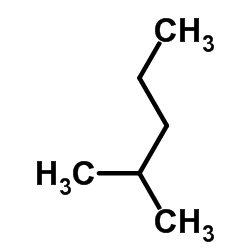| Structure | Name/CAS No. | Articles |
|---|---|---|
 |
isohexane
CAS:107-83-5 |
|
 |
Pentane, 3-methyl-
CAS:96-14-0 |